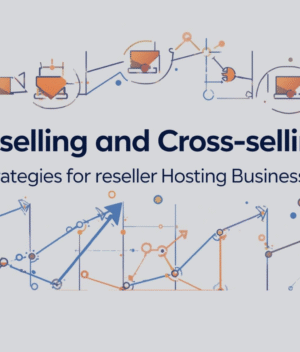Quality SEO tactics still play a significant role in your rankings online. You want to build traction by creating leads that turn into buyers. Find ways to analyze your data to get better SEO opportunities for your website’s longevity. Here are some tips to help you analyze your data to find SEO opportunities.
Understand Your Competitors
One of the first things you need to do before even getting to the SEO is to know your competitors. Whether you decide to run a business from a yoube coworking space or a brick-and-mortar, you should always measure out your rivals.
If you’re someone with a local restaurant, you can find out the franchising ones. Yes, they’re competition. However, the one you need to worry about is the mom-and-pop brand that serves identical food.
Let’s say you were serving Jamaican food. The next one may be a Trinidadian restaurant 10 minutes away. While some specialty items may be a bit different, you still serve rice, curry, plantains, and other Caribbean-based dishes.
They would be direct competitors because they’re in the island food niche, which is the complete antithesis of the pizza and burger food chains nearby. When you see them ranking higher on local SEO, you need to think about what strategies they’re implementing to get them that online visibility.
You might need to increase your advertising dollars to get you better traffic and help optimize things on your website.
Come Up With Short Term and Long Term Strategies
When you look at your site, start with the small things to help you get optimal SEO. You might want to think about running a website evaluation for what you can do now and in the future.
For example, your content might be informative. You should consider the best methods to improve your presentation.
Short-Term
You want to have your H1 and H2 tags aligned to help you get your headings, subheadings, and other labels in order. It’ll make it better for your site indexing. Additionally, people can read your content much clearly because of how you organize it.
Another thing to do is fix your images. If you don’t cache your images, it could take up a lot of space on your website. Not only does it make it harder to fit in data, but it could lead to a slower-moving site.
When new users find your site, and it moves like a snail, most of the time, they’ll find somewhere else (usually your competitor) to get their information and products. Remember, you want the user experience to be as convenient as possible.
Make sure you also have meaty content. You never want content there that’s to fill up space. Also, you want to have it be a bit more elaborate.
Give your visitors relevant and detailed content so that they stay on your site long enough to subscribe or make a purchase.
Long-Term
One thing to think about for the long-term strategy is fixing your internal problems. You may have broken links all over the place. Clean these up because that’s link juice that you miss out on for your site.
When you have broken links, it makes it harder for indexing. It may show different search engines that you’re less authoritative and that you may not have updated your site in a while. Cleaning these things take time but can be a sound method to keep your pages with valuable links to help back up your content.
Analyze Your Competitors’ Data
Once you begin to look at your strategies and things you need to enhance, you start to analyze what your competitors are doing right and wrong.
Here are some of the most common items you should check:
- Inbound Links
- Titles and Headings
- URLs
- Broken Links
- Analyzing Content
In the last section, we mentioned the need to fix broken links. Whether you link to someone’s site or you have product links, all of them need to be live. You don’t want your potential client to go to one of your product links, and a 404 error page comes up.
That’s an experience your user will remember and get him to never purchase anything from you again. If you’re a small business, any revenue loss hurts you big time.
Also, you want to look at how they make their titles and headings. Does each title match the content they have under the fold? Also, do they break up the content with headings and subheadings?
You can learn a lot from your competitors who rank higher with their SEO game.
Maybe they have shortened URLs to make everything neater. Also, they may have more inbound links when it comes to long-form content. They may link to high-ranking sites, which helps the search engine crawl their site more because it has better value.
Also, it might get them mentions from those brands because your competitor has quality content on their site.
When you analyze your competitors’ data, you get a better idea of how you measure up. It’ll help you improve your site and start to fill in the gaps between the smaller and larger brands.
There might be a few things missing on their brand that you can exploit to your advantage. It can give you a few points on your SEO score.
Find Value in Using SEO Tools
While you may have a site doing pretty well and hitting your goal marks, you should always strive to do better. You never know when there’s another brand studying how you move to find out how they can take your spot.
SEO Tools can help you fine-tune your content and keep you in the winner’s circle. Be realistic with your approach to take your time and find out each page that may display errors and other issues. Here are a few tools to get you ahead of the game.
SEMRush can help you with your keyword research and onsite SEO. Quality keyword research can help you gauge what terms are ranking best for your niche. Find a middle ground to help you get better results when people search for specific long and short keyword phrases relevant to your site.
Moz is another solid SEO tool, which focuses mainly on quality backlinks. See the type of sites you should link to for your niche. Also, create more authority with how Google perceives your brand compared to other businesses that don’t take the time to develop better on-page and off-page SEO.
Creating a solid SEO strategy can help you get a leg up on small and large brands in your niche.





